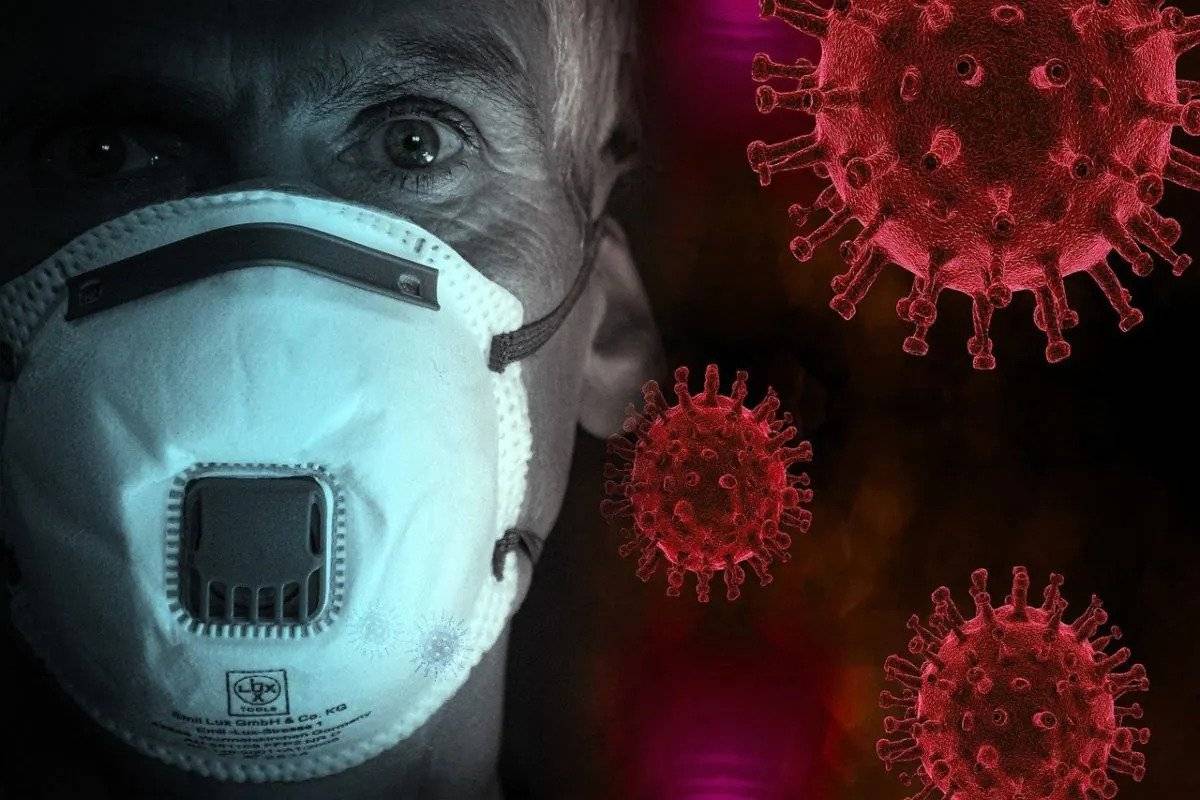
While some regions of India are reporting new cases of Covid-19 and monkeypox, tomato fever is another disease that's also spreading in the country. In Kerala and the neighboring states of Tamil Nadu and Karnataka, there have been more than 80 cases of the illness.
Health officials have cautioned against the condition and warned of a potential spike in cases. Here are specifics on the illness, its symptoms and signs, and advice for prevention.
What is tomato fever?
The reason tomato fever is so named is that it results in blisters and rashes on the afflicted person's skin that are red and resemble tomatoes. It also goes by the names tomato flu and HFMD (Hand, Foot, and Mouth Disease). Under-five-year-old children are usually affected. Although the disease is contagious, it’s not fatal.
What is the cause of tomato fever?
The exact cause of tomato fever is still a mystery. According to experts, a virus is too responsive. It might also be a side effect of chikungunya or dengue.
What are the symptoms of this disease?
Dehydration, skin irritation, and red blisters and rashes are among tomato fever's most typical symptoms.
Changes in the color of the hands or legs, exhaustion, coughing, nausea, vomiting, diarrhoea, stomach cramps, joint pain, headaches, and soreness of the body are among the further symptoms.
How is this disease being treated?
Tomato fever is not specifically treatable. If you have one or more symptoms of the disease, it is advised that you see a doctor.
Tips on how to prevent yourself from tomato fever:
-
Maintain personal hygiene and social distance.
-
Use soap and water to frequently wash your hands.
-
Keep your distance from those who are sick.
-
Do not exchange clothing, utensils, or other items with the affected people.
Tomato fever patients need to stay hydrated, eat a healthy diet, and get enough rest. To stop the disease from infecting others, they should also refrain from social gatherings.










